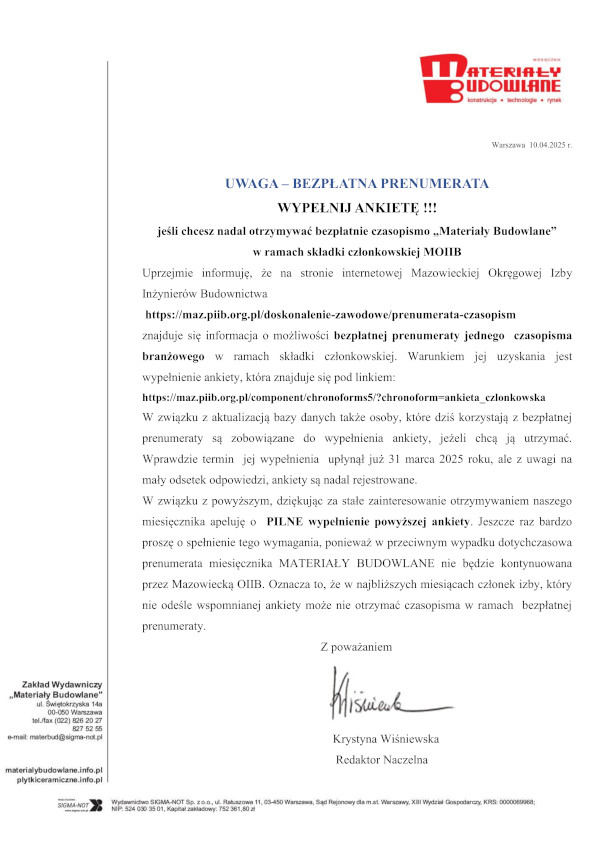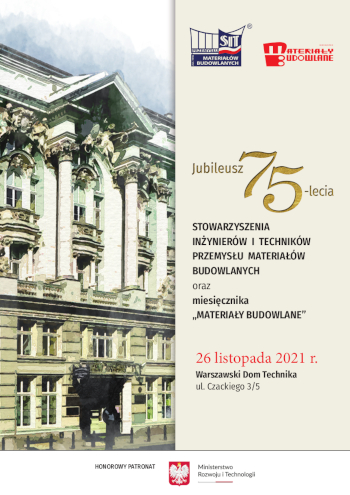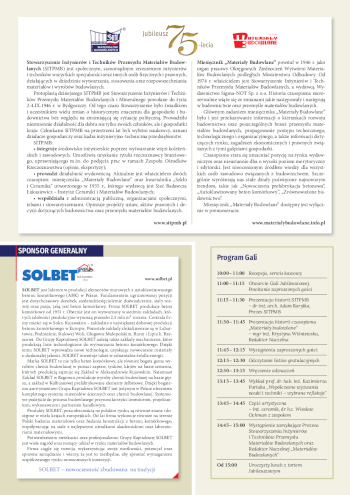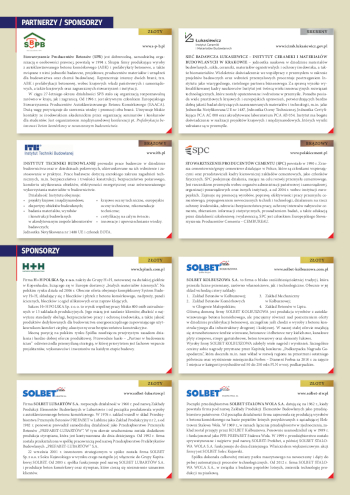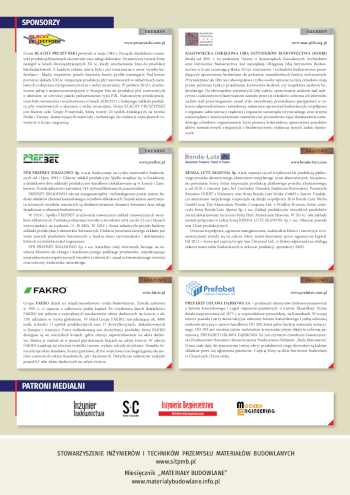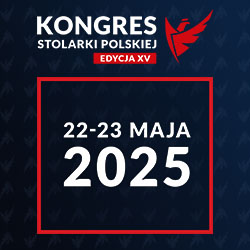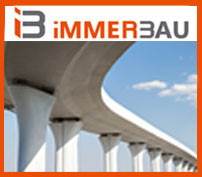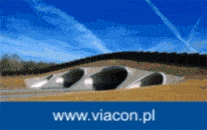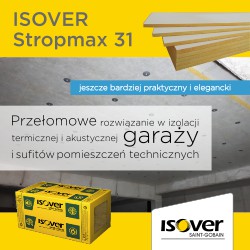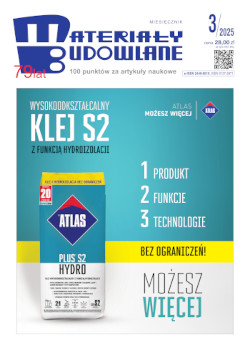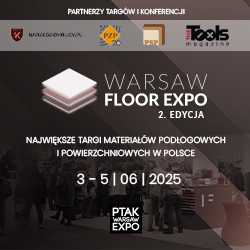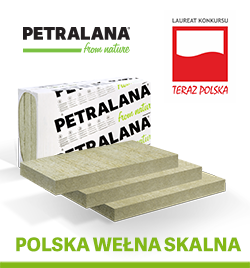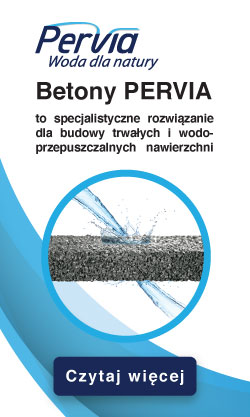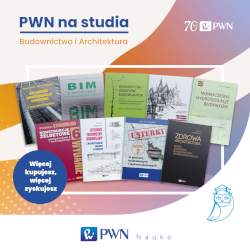dr inż. Maciej Ochmański Politechnika Śląska,Wydział Budownictwa
Autor do korespondencji : Ten adres pocztowy jest chroniony przed spamowaniem. Aby go zobaczyć, konieczne jest włączenie w przeglądarce obsługi JavaScript.
DOI: 10.15199/33.2018.02.07
Omówiono najczęściej wykorzystywane wzory empiryczne do opisu niecki osiadania powierzchni terenu wywołanego drążeniem tunelu tarczą zmechanizowaną. Kolejno przedstawiono model numeryczny szczegółowo odwzorowujący proces drążenia tunelu tarczą EPB umożliwiający określenie osiadania w krótkim czasie, tj. podczas drążenia tunelu i na krótko po jego zakończeniu, a także osiadania wywołanego procesem konsolidacji podłoża gruntowego. Potwierdzono duży przyrost osiadania terenu wywołanego rozproszeniem nadwyżki ciśnienia wody w porach gruntu.
Słowa kluczowe: osiadania powierzchni terenu; analizy numeryczne; tarcza EPB.
* * *
Estimation of the surface settlement induced by TBM tunnelling
The most frequently used empirical formulas used to describe the short-term ground surface settlement induced by shield have been presented. Furthermore, a brief description of the numerical model for the simulation of mechanized tunnelling able to predict short-term settlement, i.e. during tunnelling and shortly after it, and as well subsidence of the ground surface due to consolidation process. A significant increase of surface settlement related to the dissipation of excess pore water pressure was confirmed.
Keywords: ground surface settlement; numerical analyses; EPB shield.
Literatura
[1] Attewell Peter Brian, J. P.Woodman. 1982. „Predicting the dynamics of ground settlement and its derivatives caused by tunnelling in soil”. Ground Engineering 15 (8): 13 – 36.
[2] Gudehus Gerd, A. Amorosi, A. Gens, I. Herle, D. Kolymbas, D. Mašin, D.M.Wood,A. Niemunis, R. Nova,M. Pastor, C. Tamagnini, G.Viggiani. 2008. „The soilmodels. info project”. International Journal for Numerical and Analytical Methods in Geomechanics 32 (12): 1571 – 1572.
[3] Mair Robert James. 2008. „Tunnelling and geotechnics: new horizons”. Géotechnique 58 (9): 695 – 736.
[4] Mair Robert James, R. N. Taylor. 1997. „Bored tunnelling in the urban environment: State-of-the-art report and theme lecture”. Hamburg. Proc. 14th Int. Conf. Soil Mech. Found. Engng (4): 2353 – 2385.
[5] MotaWedekinVinicius, R.Kastner,A.Guilloux,A. Bezuijen, J. Standing, A. Negro Jr. 2012. „Urban tunnels in soft ground: Review of current design practice”. Geotechnical Aspects of Underground Construction in Soft Ground – Viggiani (ed): 1047 – 1064. London. Taylor & Francis Group.
[6] Ochmański Maciej, J. Bzówka, G. Modoni. 2017. „Zautomatyzowany model numeryczny służący do kontroli procesu drążeniu tunelu tarczą EPB”. Inżynieria Morska i Geotechnika 38 (6): 290 – 303.
[7] Peck Ralph Brazelton. 1969. „Deep excavations and tunnelling in soft ground”. W: Proceedings of the 7th International Conference on SoilMechanics and Foundation Engineering: 225–290.
[8] Shirlaw James Nick. 1995. „Observed and calculated pore pressures and deformation induced by earth pressure balance shield: Discussion”. Canadian Geotechnical Journal (32): 181–189.
Otrzymano : 10.01.2018 r.
Materiały Budowlane 02/2018, str. 26-28 (spis treści >>)


